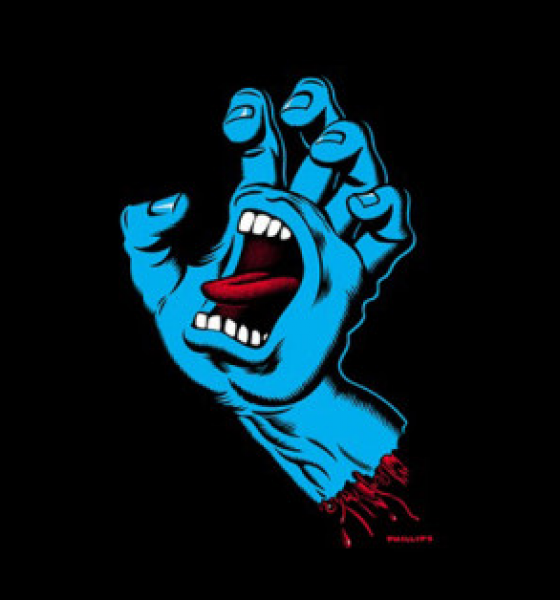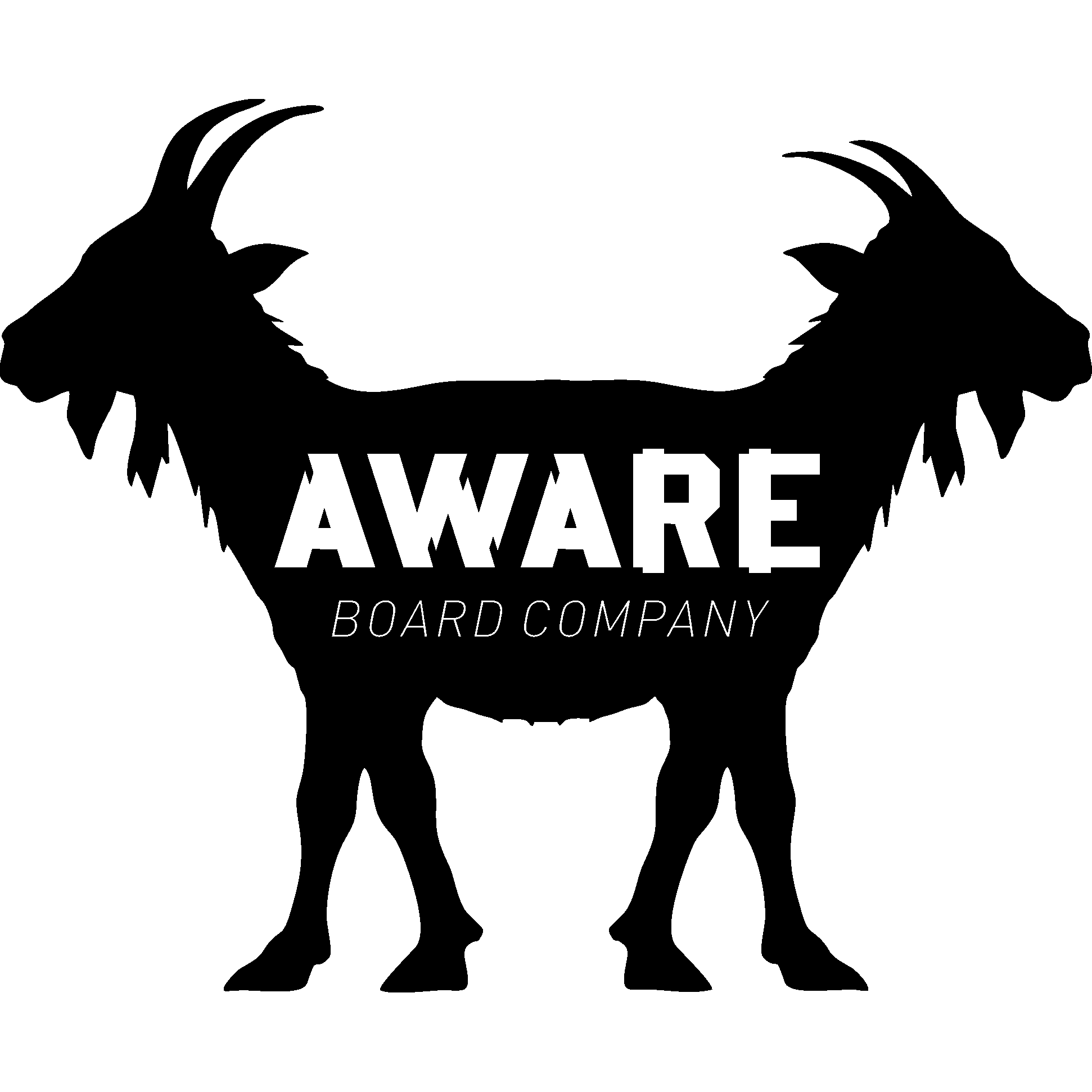You’re just getting into skating, and you wonder how to decide which skateboard is right for you. One option is to custom design a board by selecting individual components. Another is to find a complete board already fully assembled and ready to ride. The complete skateboard can be a good choice for someone buying a first board. A complete almost always costs less than buying all the component parts separately, and much of the hard work of assembling has been done.
There is one disadvantage to going with a complete. Manufacturers hold down costs on complete boards by putting unbranded trucks on them. Using unbranded sets makes the complete board cheaper initially, but you may soon realize you’d prefer branded trucks. Replacing unbranded trucks almost certainly will end up costing you more than you’d spend buying separate components.
The deck is probably the first thing you’d recognize on a skateboard. The flat piece of wood you stand comes in different shapes, widths, designs, and lengths. Most people are drawn to skateboard decks they love on sight, and that’s important. You want deck you’ll be proud to be seen on.
How you want to ride your board will determine the choice of board length, width and concave. More people are skating big boards because that’s where the fashion has gone. But keep in mind your weight and size when you think about how to decide which skateboard is right for you.
Use and Body Weight Help You Choose
If you plan to use your board as a means of transport, you’ll probably want a wider board. Someone with a smaller, lighter body may want a narrower board. Lighter, narrower boards are easier to flip and maneuver, and learning flip-tricks is easier on a smaller board. A bigger board provides more room for your feet and more stability. Bigger boards are harder to flip but a lot easier to catch when you do those flips. Most skateboard decks range in width from 7.5 inches to 9.5 inches.
Flips are a consideration when you choose how much the board should dip in the middle. That dip, called the concave, helps flip the board. The deeper the concave, the greater the leverage. The flatter boards are easier to catch and land on.
Small skateboard wheels lighten your board and are suited to flips and manuals. Larger wheels are better for cruising around. The smallest wheels start at 50 mm, and wheels go up in size to the big cruiser style around 65 mm.
The most popular skateboard wheels are harder because more hardness provides a certain amount of slide that’s useful when you’re doing tricks. Harder wheels are numbered higher, with 101 being the hardest widely available. Wheels numbers around 78 are the softest.
Trucks are those things that connect the wheels to the deck. Think of them as the axles of your skateboard. Models that are available all have the same inverted T design. Bearings are just as important as decks or wheels when you think about how to decide which skateboard is right for you. Finally, the abrasive top sheet—grip tape—lines the deck and stops you from slipping off.






